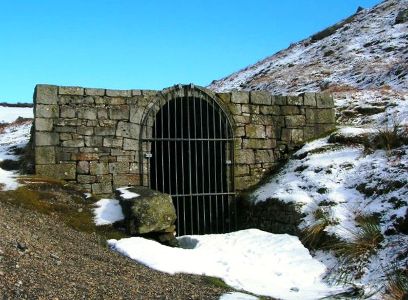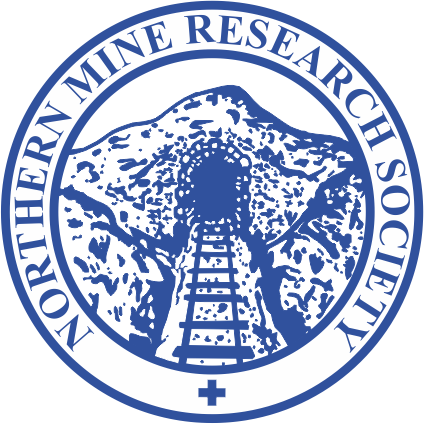
Bolton Gill Engine Shaft
© Copyright John Darch and licensed for reuse under this Creative Commons Licence
The veins at Yarnbury and on Grassington Out Moor cross into Hebden, where some of them have also been productive in the Grassington Grit.
Some of the earliest mining was on Bycliffe Vein where it crosses Groove Gill Rigg, a name which tells us there was mining there [groove is an old name for a mine]. Between 1810 and 1820 a couple of levels were driven onto veins in that area from Gate Up Gill.
The veins at the junction of Bolton and Hebden Gills were known to earlier miners, but the geology was very disturbed. It was not until the 1850s that the Hebden Moor Mining Company sank Bolton Gill Engine Shaft, and drove Bottle Level to work Cockbur Vein in the Bearing Grit. The shaft was pumped by a waterwheel, high on Bolton Haw Side.
For a time the mine produced moderate amounts of ore, but the company’s other levels, further down the gill, proved the veins there to be barren.
A deep level, driven from the village of Hebden, was intended to prove the veins at their eastern ends, but it was given up.
Compressed air driven rock drills were used here, however, which was rare in a Yorkshire lead mine.
See: Gill, M.C. The Wharfedale Mines (British Mining No.49, 1994)
Return to previous page
